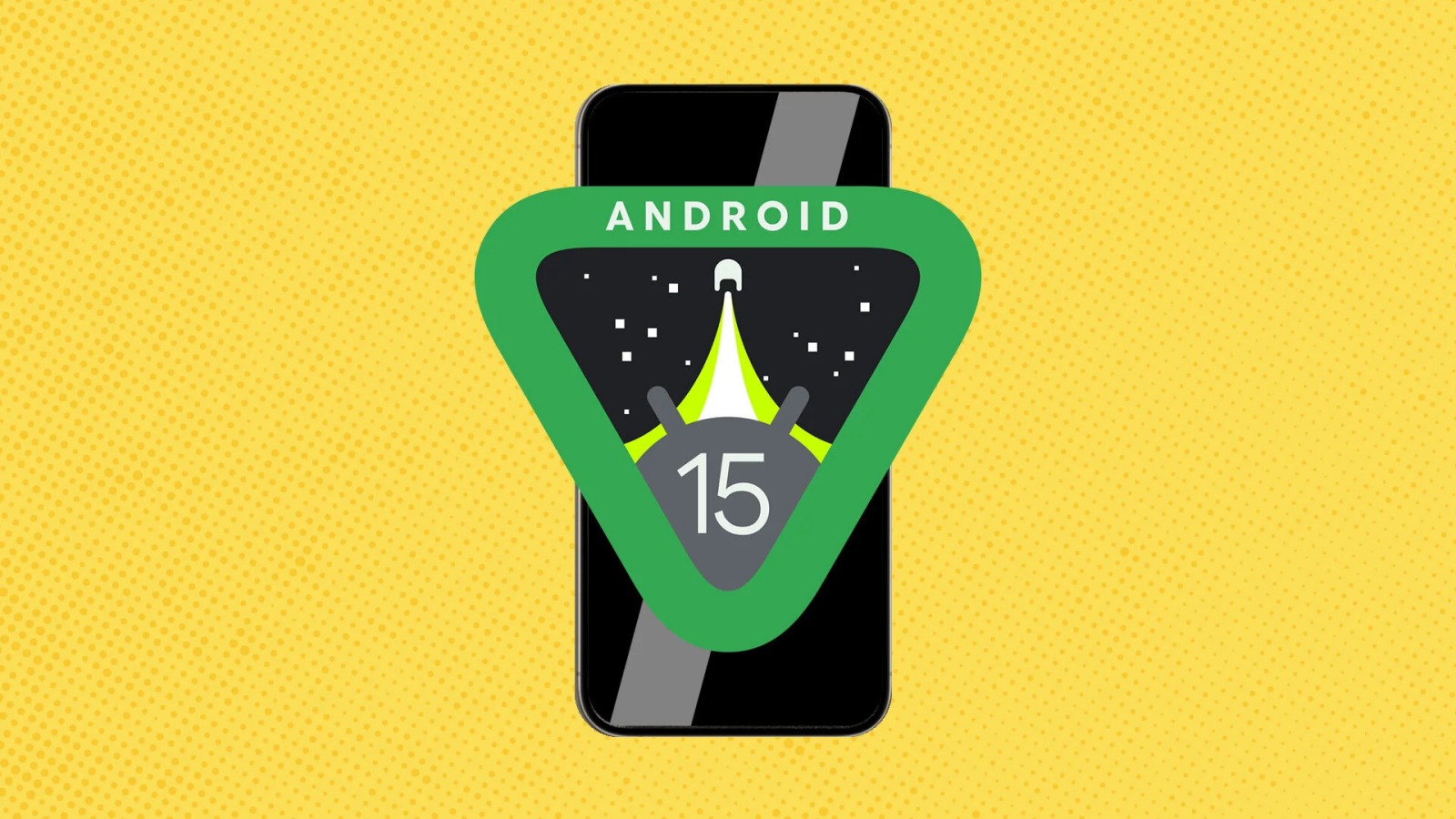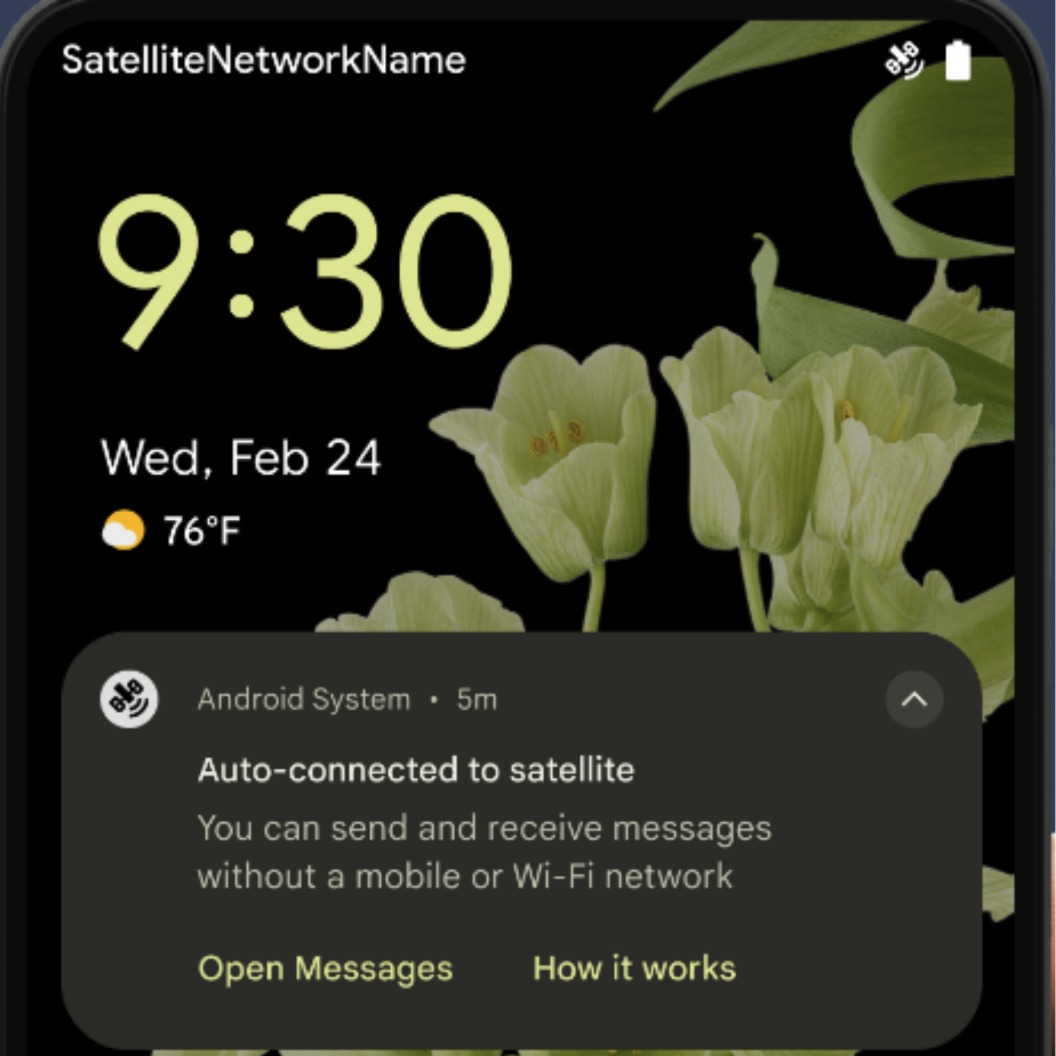The logo of the previous version of Android 15 is designed in a space theme. At first, no one could understand what Google’s decision was related to. It was only with the release of Developer Preview 2 in April that the hidden motive of the logo was revealed — the integration of previous satellite roaming support.

Dave Burke, Vice President of Development, revealed the introduced features, noting that interface elements were added in the new release to create a unified user interaction with satellite communications. Satellite communication support is added for both proprietary and third-party messaging programs.
The screenshot shows a new Android option that prompts the user to set up an “Automatic satellite connection” that allows sending and receiving messages without a mobile connection or Wi-Fi.

Satellite communication of smartphones with Android 15 for messages, both in the case of Emergency SOS from Apple and early versions of the future Starlink roaming from T-Mobile, as well as for broadband communications is planned in partnership with the American operator AT&T and AST SpaceMobile. Last month, Google announced a collaboration with AST SpaceMobile to develop satellite communications.
Other features of Android 15 are not related to space technology, but are more down-to-earth. In particular, Dave Burke describes significant improvements in the Android PDF code, which will allow applications that use this framework to provide search, text selection and annotation functions. The update also includes system support for notifications on the external screens of Android folding phones.
Android 15 Developer Preview 2 also introduces NFC settings, allowing the phone’s NFC-compatible software to respond to readers immediately to ensure smoother tap-to-pay transactions. Privacy protection has also been added, which allows applications to inform users about an active voice recorder, as well as AutomaticZenRules to configure the “Do not Disturb” function in Android.
Developers and users can try out the “space” update on smartphones of the Pixel 6, 7 or 8 series, as well as on the Pixel Fold and Pixel Tablet.
Earlier, we reported on how the US military became interested in directly connecting smartphones to satellites.
According to pcmag.com
Follow us on Twitter to get the most interesting space news in time
https://twitter.com/ust_magazine


